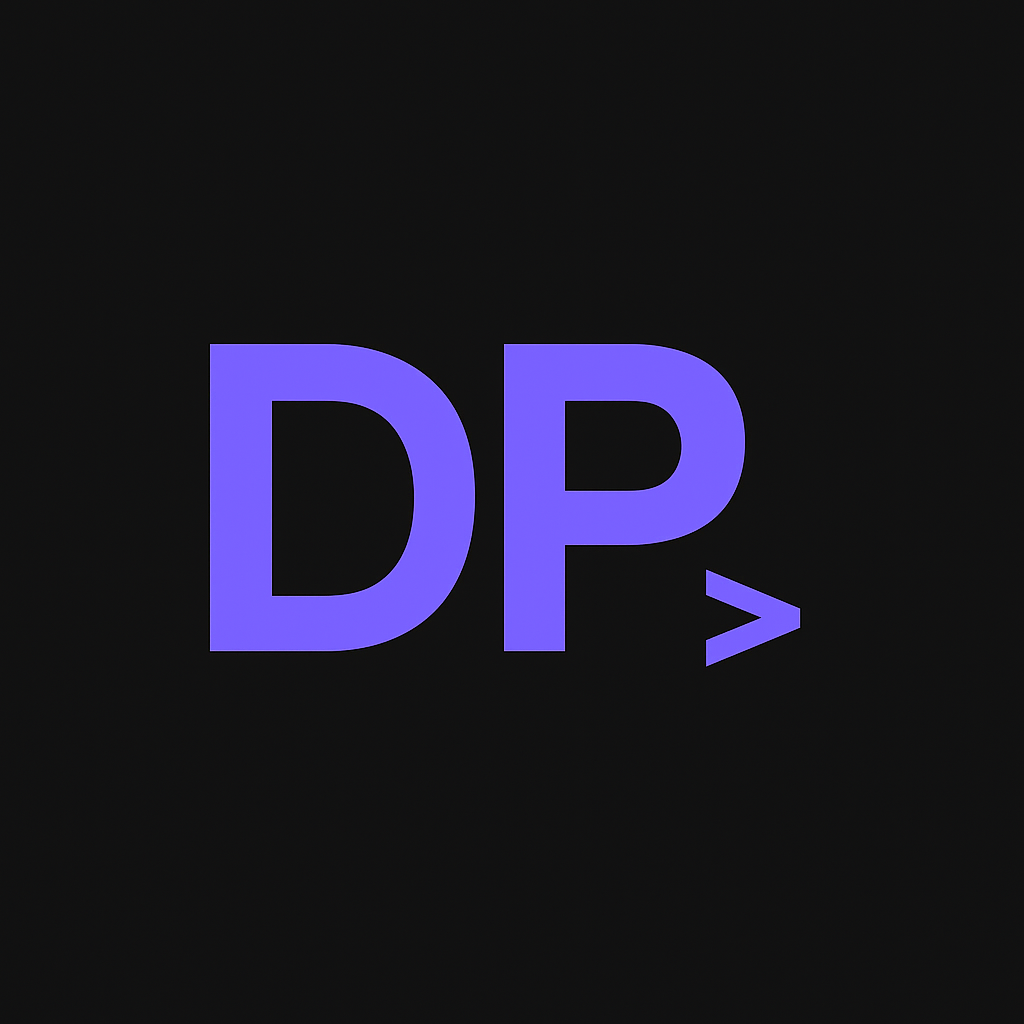From reST to MDX: Why Documentation Frameworks Are Evolving
Documentation frameworks are not just technical choices — they reflect cultural shifts in how we think about developer experience.
For years, reStructuredText (reST) powered serious technical documentation, especially in the Python and scientific communities.
Today, Markdown and MDX dominate modern developer portals. Why? Let’s explore this shift.
The Legacy of reStructuredText (reST)
Section titled “The Legacy of reStructuredText (reST)”Origins:
- Created for the Python ecosystem.
- Strict, extensible, and great for generating reference documentation.
- Closely tied to tools like Sphinx and ReadTheDocs.
Strengths:
- Rigid grammar and semantic markup → consistency across docs.
- Mature auto-documentation pipelines (e.g., autodoc with Sphinx).
- Widely used in academic and scientific projects.
Challenges:
- Verbose and harder to learn.
- Contributions from non-experts can be intimidating.
- Limited support for modern interactive or component-driven docs.
Markdown and the Rise of Docs-as-Code
Section titled “Markdown and the Rise of Docs-as-Code”Why Markdown won:
- Lightweight, readable, and easy to learn.
- GitHub popularized it as the default for READMEs.
- Perfect fit for docs-as-code workflows (PRs, reviews, version control).
Tradeoffs:
- Less expressive than reST.
- Needed extensions (like frontmatter, tables, or fenced code blocks) to catch up.
MDX: Markdown Meets React
Section titled “MDX: Markdown Meets React”What it is:
MDX lets you write Markdown, but embed JSX (React components) directly into your docs.
Why it matters for dev portals:
- Live code samples and sandboxes.
- Reusable UI components inside content.
- Docs can behave more like apps than static manuals.
In the wild:
- Docusaurus (Meta’s framework).
- Next.js with MDX plugins.
- Astro Starlight (content-first with React/Vue/Svelte integrations).
Cultural Shifts in Documentation
Section titled “Cultural Shifts in Documentation”- Role Evolution: Technical writers → Documentation engineers.
- Docs Evolution: Static reference → Dynamic experience.
- Collaboration Evolution: Gatekeeping → Community contribution.
MD/MDX directly supports these cultural shifts by making docs easier to contribute to and more engaging for developers.
Why reST Still Matters
Section titled “Why reST Still Matters”Despite the momentum of MD/MDX, reST continues to thrive in:
- Python projects like Django, NumPy, and SciPy.
- Scientific communities that value its rigor.
- Legacy pipelines built around Sphinx extensions.
For many orgs, rewriting entire docsets is costly, so reST will persist in specialized contexts.
Looking Forward
Section titled “Looking Forward”- Momentum: MD/MDX frameworks are the present and future of dev portals.
- Niche longevity: reST will survive in Python and academia.
- Your takeaway: Framework choice isn’t only about syntax. It’s about workflows, interactivity, and alignment with developer expectations.
Conclusion
Section titled “Conclusion”- reST gave us rigor.
- Markdown gave us accessibility.
- MDX gives us interactivity.
This evolution mirrors the shift in developer portals themselves:
From manuals → to platforms → to experiences.
If you’re building a modern developer portal, understanding this history helps you make smarter choices today.
